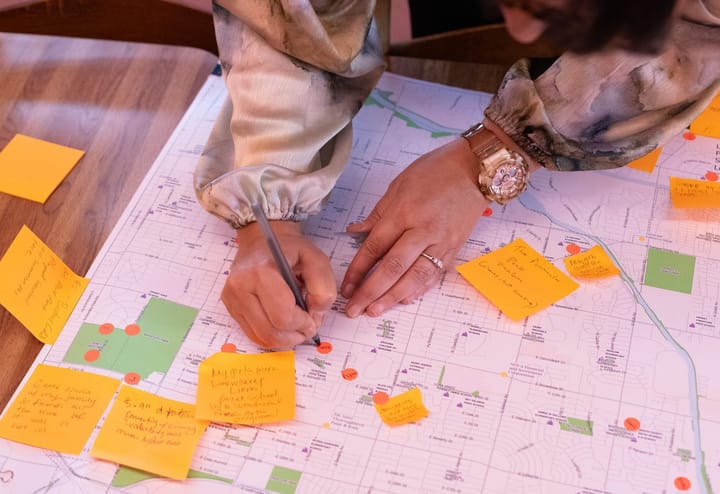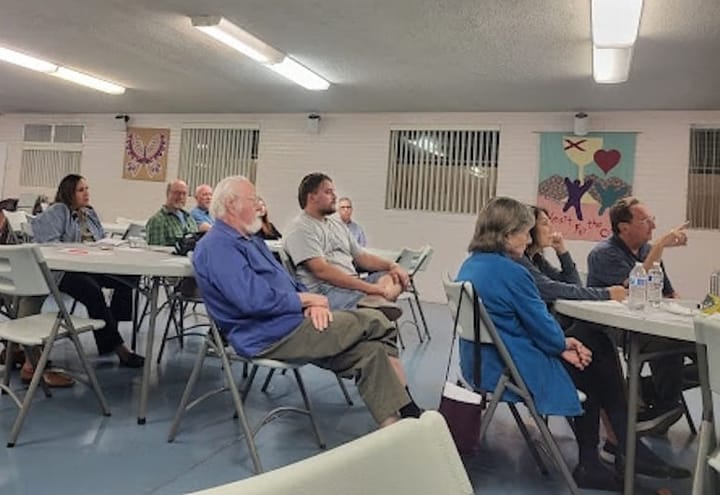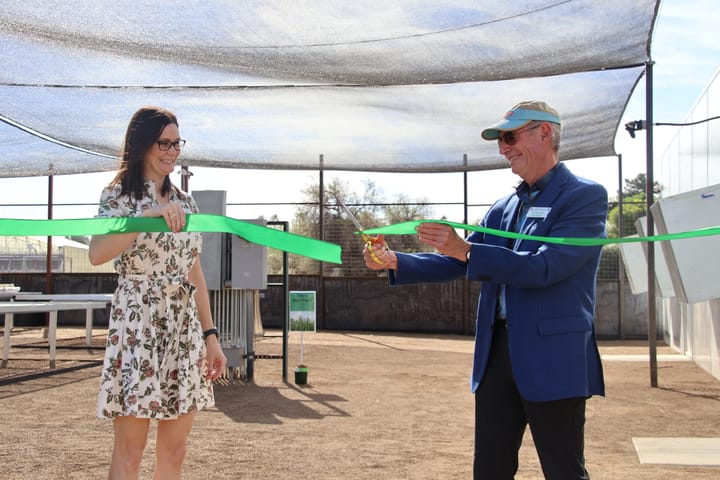Tucson’s murals under scrutiny over selection process
Tucson’s vibrant mural scene is sparking debate over transparency, diversity and who gets to shape the city’s public art.
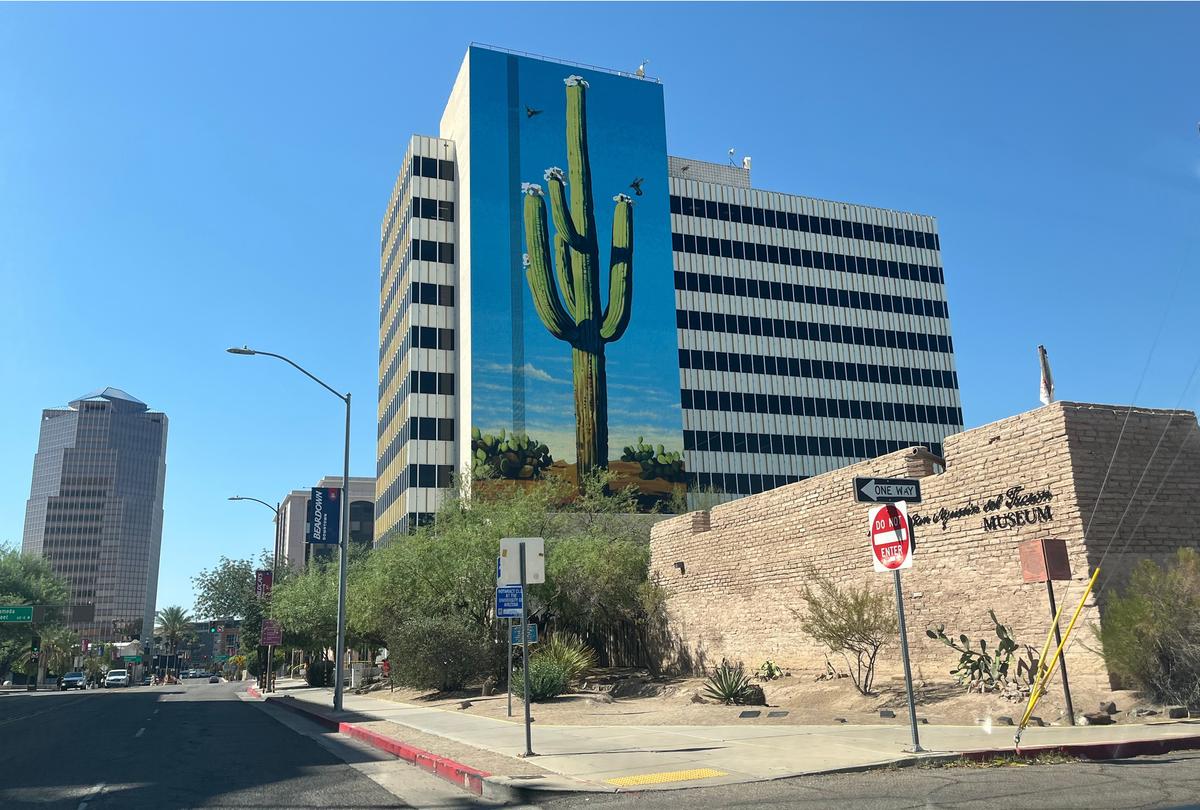
Tucson’s public murals may splash color across the city’s walls, but behind the vibrant paint lies a quieter debate over who gets to create them.
As the city celebrates its 250th anniversary, artists and advocates are questioning the selection process, funding sources and gatekeeping that, they say, limit opportunities for new voices in Tucson’s mural scene.
Tucson is home to more than 100 public murals, with some dating back to the 1790s frescoes of the San Xavier Mission. Commissioned street art began in the city in the 1950s as a form of social and political expression.
Today, Tucson’s art scene is flourishing — for some.
“If you rub people the wrong way in grant spaces, you can just get axed from the whole thing,” Dusty Reyes, a writer, photographer and board president at downtown makerspace Xerocraft, told Tucson Spotlight. “You never want to make any enemies in public art, because you want everyone to like you, so that they'll choose you.”
Reyes is author of the Substack newsletter It’s Dusty in Tucson. In a recent post, “A City Painted By the Few,” she cited concerns about the local art selection process.
The post called for transparency in the processes, funding practices and aesthetic control of the city’s murals.
“How public is public art, really?” Reyes wrote. “And what would it mean to change the system?”
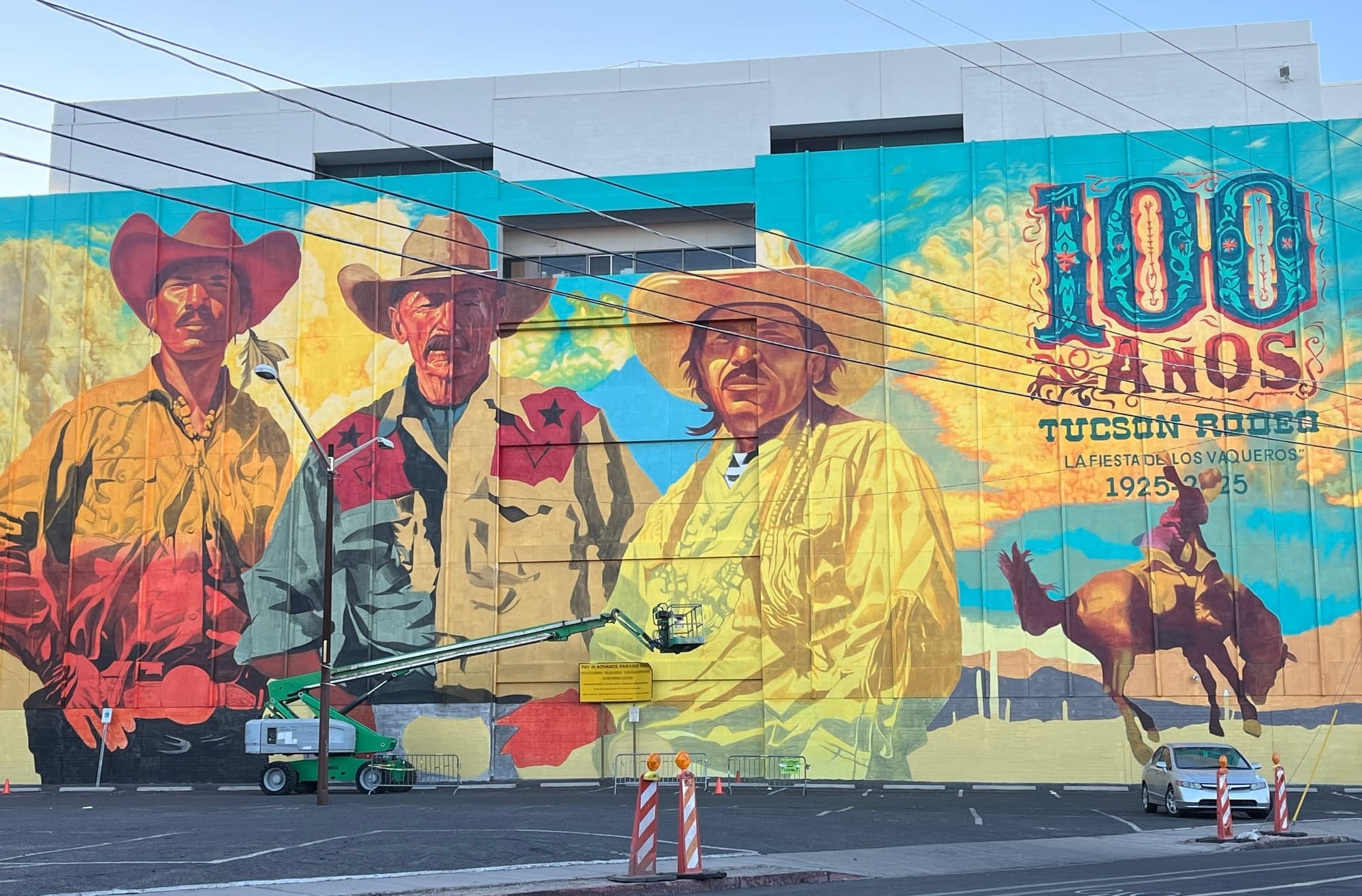
In March, Tucson became home to the tallest mural in the state, when Joe Pagac finished “Desert Colossus,” a 153-foot green saguaro against a bright blue backdrop on the Transamerica building downtown.
Local philanthropist Jeanne McDonald financed Pagac’s $100,000 price tag for the mural. McDonald previously funded Pagac’s “Bicycle Built for Two,” a sculpture of a javelina on a bike located at the Mountain Avenue bridge on the north bank of Rillito River Park.
“Especially regarding downtown murals, most of those are not technically public art,” said Wylwyn Reyes, director of public art at the Arts Foundation for Tucson and Southern Arizona. “They are because they’re in the public view and the public presence, but they’re not paid for by public tax dollars.”
The Arts Foundation manages the public art process for Pima County and the City of Tucson. Reyes works alongside a team of analysts, community members and other stakeholders to administer the city’s percent of capital improvements for public art.
“Most of the works downtown, like the big giant murals that are outside the buildings — those are privately paid for by developers,” Wylwyn Reyes said. “It’s something I’d love to work with them on, but that’s something that’s going to take a lot more work.”
And when developers have worked with specific artists in the past, they tend to keep recommending the same people, he said.
“That’s why I want us to get involved, so we can show (the developers) that we have a roster of hundreds of muralists, emerging artists, experienced artists, and different backgrounds that can all make amazing, beautiful, colorful murals, so there’s more diversity,” Wylwyn Reyes said.
Muralists hoping to be selected through the foundation’s Public Art & Community Design Committee can submit a Request for Qualifications.

While many jurisdictions require Requests for Proposals — in which artists must prepare a proposal of the specific art piece — the foundation asks for Requests for Qualifications instead so artists don’t spend unpaid time submitting entire designs.
“Tucson's public art process is a little different, and I think it's different in a good way, in that most of the Tucson selection process will select the artist based on qualifications and often an initial interview, but without coming up with the concept,” said Joseph O’Connell, founder and artistic director of Creative Machines.
The artist then works with the community and selection committee over several months to develop the concept.
“We all want the community to be involved and represented,” O’Connell said. “If we require the artist to come up with the concept to win the job, you can't have three finalists all going out and working with community members with no promise that the idea they're working on would be built. That's actually not very respectful of the community members’ time.”
Creative Machines was established in 1995 as a design and fabrication firm that creates interactive sculptural art for the community.
Although the art market mainly supported museum exhibits at the time of its founding, O’Connell wanted to expand past exhibits to create environments that encourage creativity, self-confidence and social interaction.
O’Connell is moderating at public art hub CODAworx’s CODAsummit in Washington, D.C., this September, where players in the public art industry network to reimagine the process and evolve to be better. The annual convention is only a decade old and has grown alongside the professionalization of the public art field.
This collaborative approach reflects a broader shift in how public art projects engage communities and prioritize long-term impact over quick judgments.
“An art concept that might win a competition in a half-hour presentation may not be the best thing for the community and the city in the long run,” O’Connell said.
Ruby Wray is a journalism and creative writing major at the University of Arizona and Tucson Spotlight intern. Contact her at rubywray@arizona.edu.
Tucson Spotlight is a community-based newsroom that provides paid opportunities for students and rising journalists in Southern Arizona. Please consider supporting our work with a tax-deductible donation.

